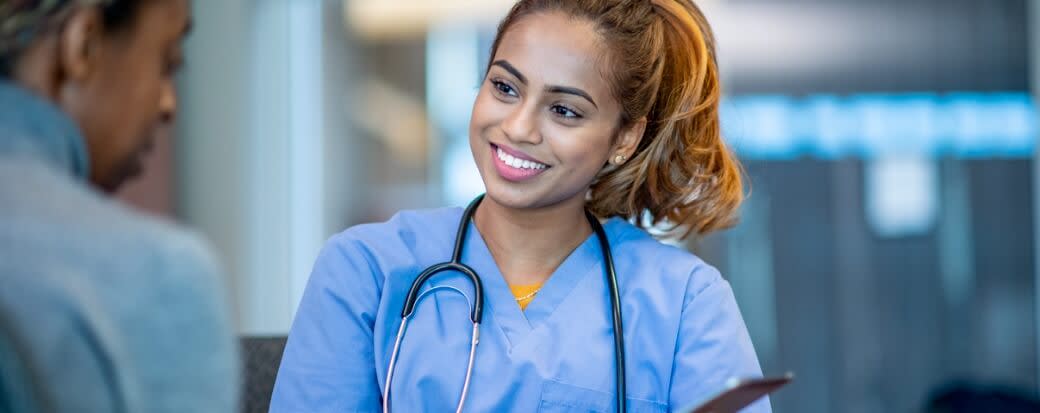Guide to Medical School Loan Forgiveness Programs

Share this article:
Editor’s note: Lantern by SoFi seeks to provide content that is objective, independent, and accurate. Writers are separate from our business operation and do not receive direct compensation from advertisers or network providers. Read more about our Editorial Guidelines and How We Make Money.
What Is Medical School Loan Forgiveness?
Are Medical Loans Eligible for Forgiveness?
How Loan Forgiveness Works
8 Medical School Loan Forgiveness Programs
1. Public Service Loan Forgiveness (PSLF)
2. National Health Service Corps (NHSC) Loan Repayment Program (LRP)
3. National Health Service Corps Students to Service Loan Repayment Program
4. National Institutes of Health Loan Repayment Programs
5. Educational Loan Repayment Program for Health Professionals (ELRPHP)
6. Military Health Professions Loan Repayment Program
7. Indian Health Service (IHS) Loan Repayment Program
8. State Loan Repayment Programs
Alternative Ways to Repay Medical Student Loans
Student Loan Refinancing
Refinancing medical school loans may be an option for you if you’re a doctor carrying federal and private student loan debt. For subprime borrowers, it might be difficult to refinance student loans with bad credit. How long does it take to pay off student loans? It can take borrowers between 10 to 30 years to pay off federal student loans and five to 25 years to pay off private student loans. What happens to student loans when you die is the debt might be discharged, although some private lenders may demand repayment from your estate.
Start Paying Off Loans During Residency
Student Loan Refinancing With Lantern
Frequently Asked Questions
Photo credit: iStock/FatCamera
LNTSLR-Q125-011
About the Author
Sulaiman Abdur-Rahman writes about personal loans, auto loans, student loans, and other personal finance topics for Lantern. He’s the recipient of more than 10 journalism awards and served as a New Jersey Society of Professional Journalists board member. An alumnus of the Philadelphia-based Temple University, Abdur-Rahman is a strong advocate of the First Amendment and freedom of speech.
Share this article: